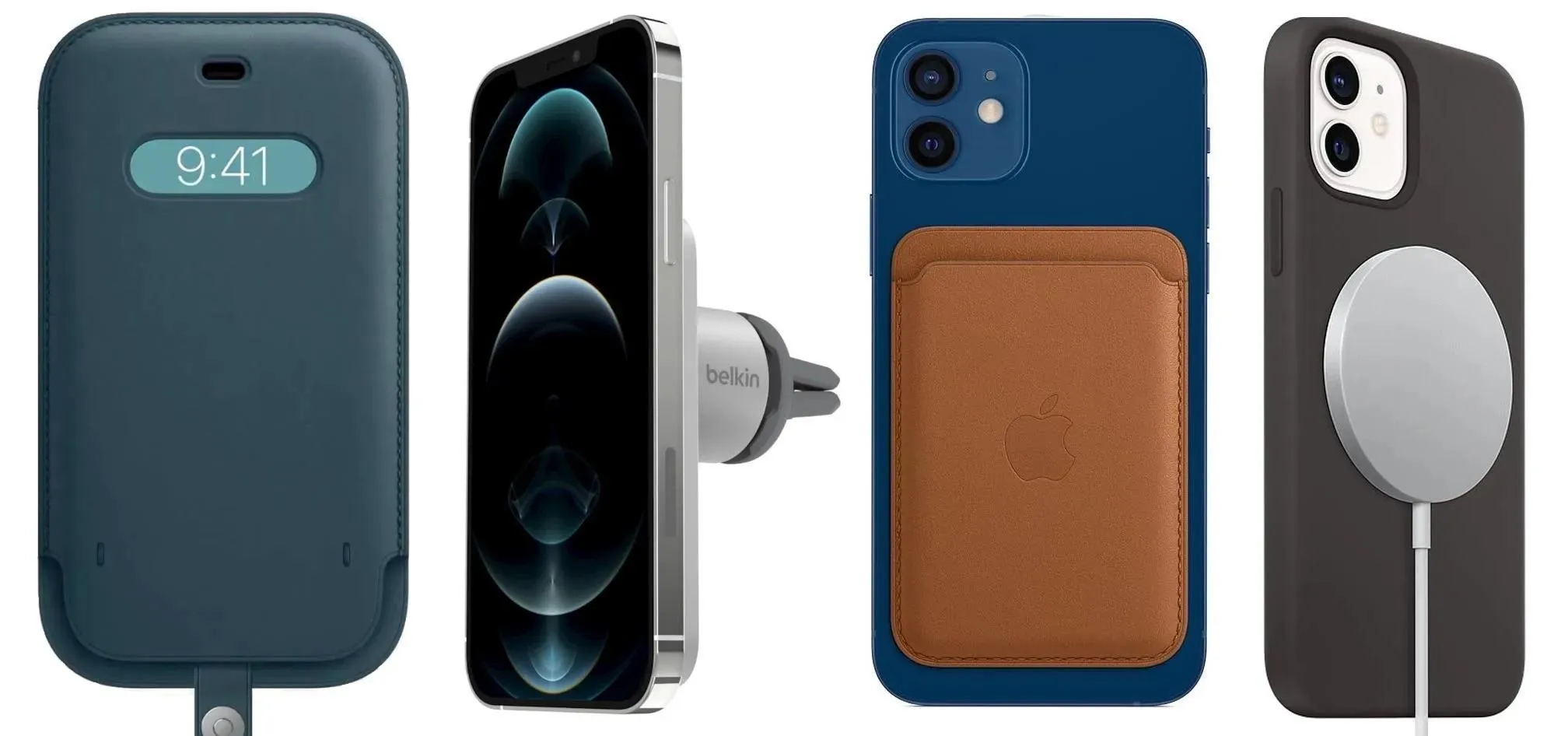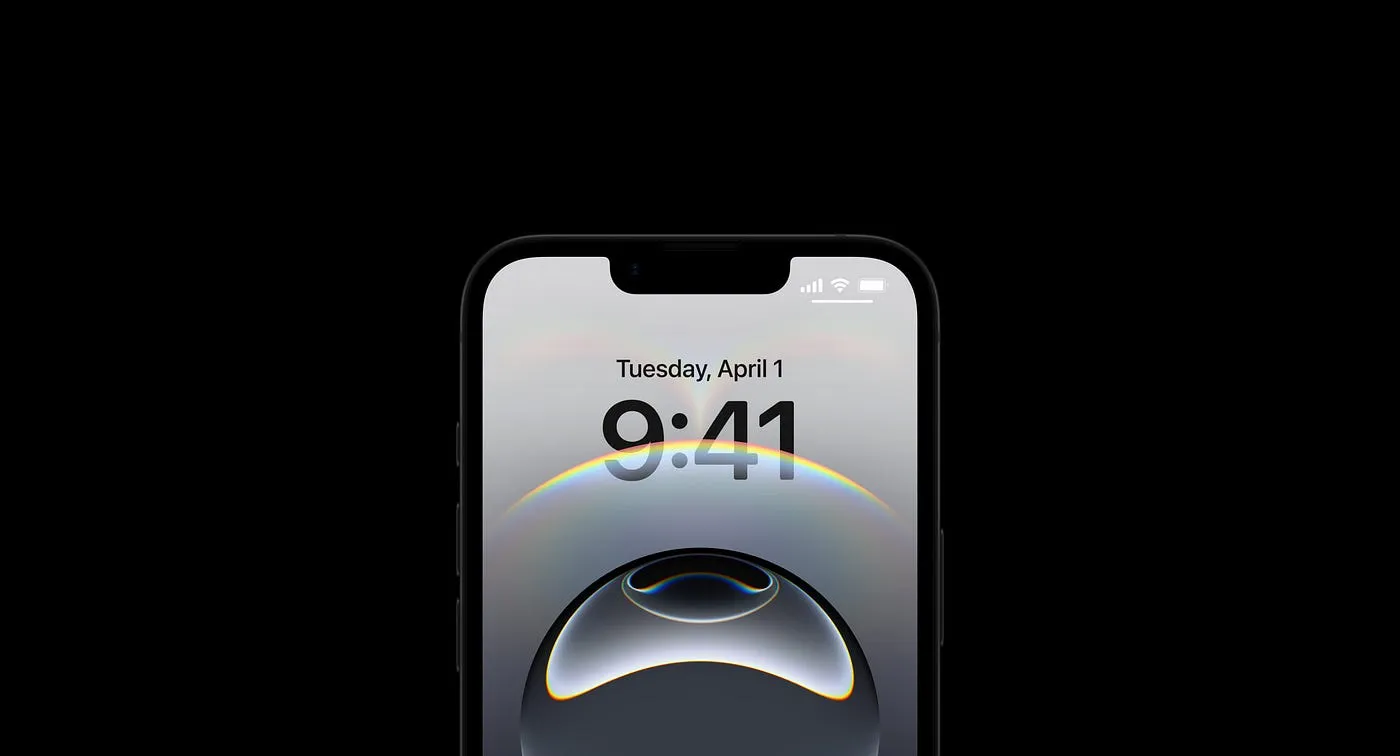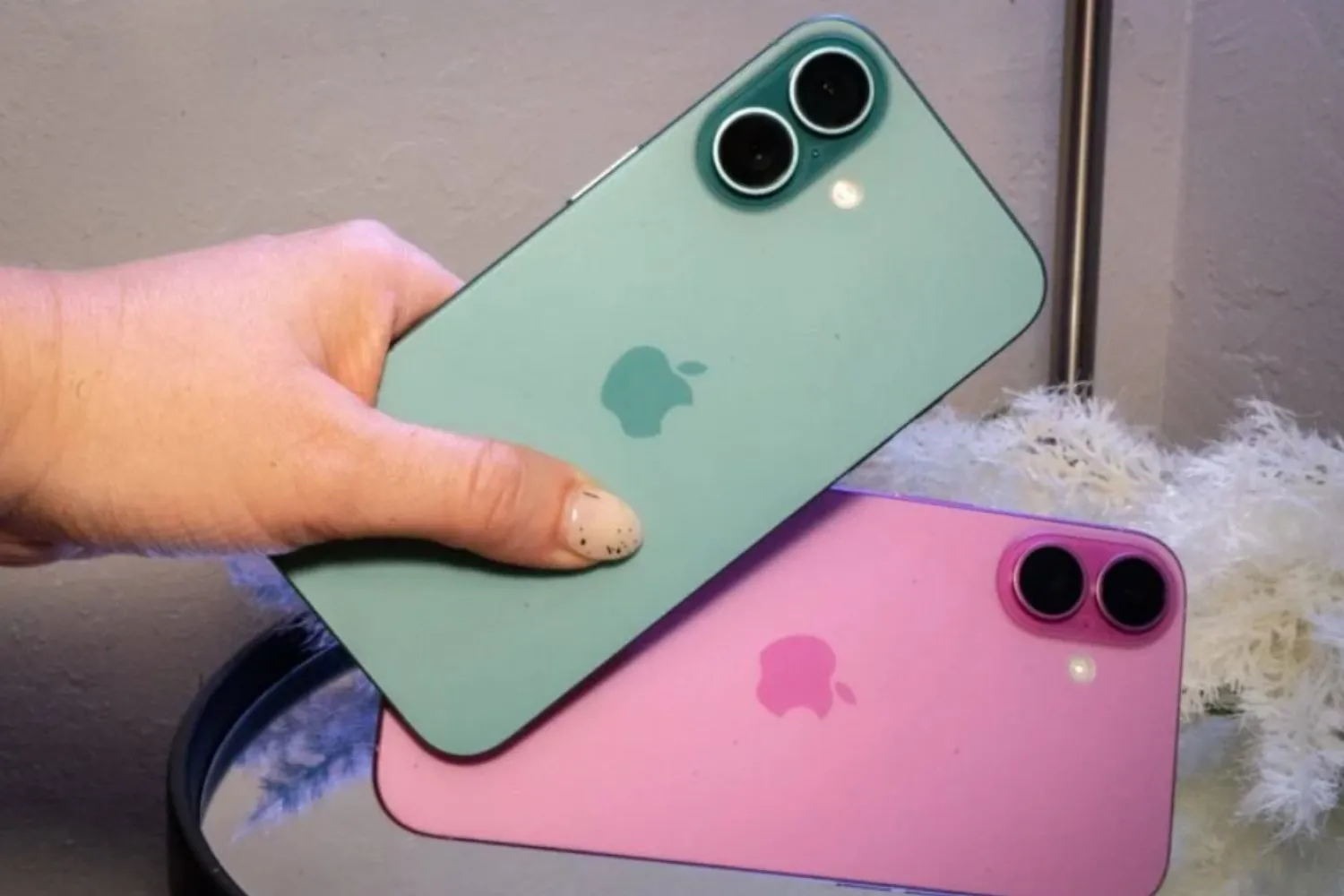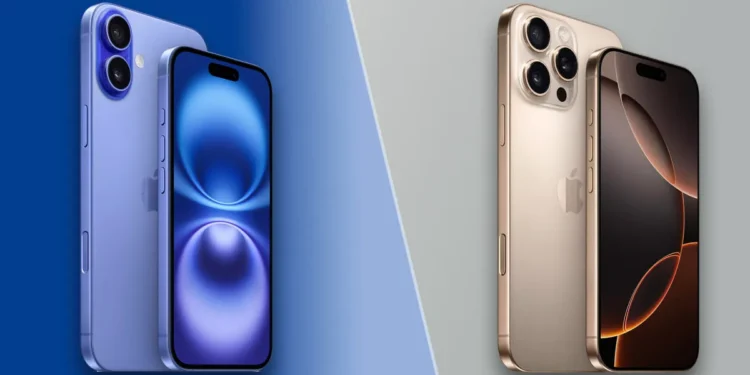In the world of smartphones, Apple’s launch of the iPhone 16e stirred quite a buzz, but not for features it added. Instead, the spotlight was on what it lacked: MagSafe charging. This feature, celebrated for its convenience in previous models, was conspicuously absent in Apple’s latest budget-friendly offering, leading to a flurry of speculation and debates.
Earlier this week, concerns were raised about whether the new C1 chip—the first cellular modem designed in-house by Apple for the iPhone—might interfere with MagSafe’s functionality. However, recent developments have shed light on the issue, confirming that technology wasn’t the culprit behind this decision.

MagSafe and C1: Clearing the Air
Contrary to initial suspicions, comprehensive testing conducted by a prominent iPhone case accessory manufacturer, and detailed by 9to5Mac, has definitively shown that the C1 chip does not interfere with MagSafe’s operations. This conclusion was reached through a series of rigorous tests aimed at examining both the wireless charging capabilities and cellular data speeds of the iPhone 16e.
Enhanced Charging Capabilities with MagSafe-Compatible Cases
Interestingly, the tests revealed that while the iPhone 16e doesn’t natively support MagSafe, using a third-party case equipped with built-in magnets significantly enhances the device’s charging efficiency. Without such enhancements, the iPhone 16e’s charging performance varied notably:
- Cycle 1: 4.2W
- Cycle 2: 5.0W
- Cycle 3: 4.7W
- Cycle 4: 5.9W
- Cycle 5: 6.5W
In contrast, when equipped with a MagSafe-compatible case, the device consistently charged at 7.5W across all tests, aligning perfectly with Apple’s stated specifications for the model.

No Impact on Cellular Performance
Further tests focused on whether the MagSafe technology influenced the iPhone 16e’s cellular data speeds. Using a Rogers connection and Google’s Internet Speed Test tool, the results were clear across multiple cycles, showing negligible differences in data speeds with or without MagSafe accessories:
- With MagSafe-enabled Case:
- Speeds ranged from 193.6 Mbps to 201.1 Mbps
- With MagSafe-enabled Case + MagSafe Puck:
- Speeds stayed robust, ranging from 190.2 Mbps to 199.1 Mbps
These findings robustly support Apple’s assertion that there is no interference between the C1 modem and MagSafe magnets, suggesting that other factors, possibly cost-related, influenced the decision to omit MagSafe from the iPhone 16e.

The Verdict and What Lies Ahead
The omission of MagSafe from the iPhone 16e appears to be a strategic choice by Apple, likely influenced by cost considerations aimed at maintaining the phone’s affordability. While this may disappoint some fans of the feature, the availability of third-party solutions offers a viable workaround for those seeking enhanced charging capabilities.










